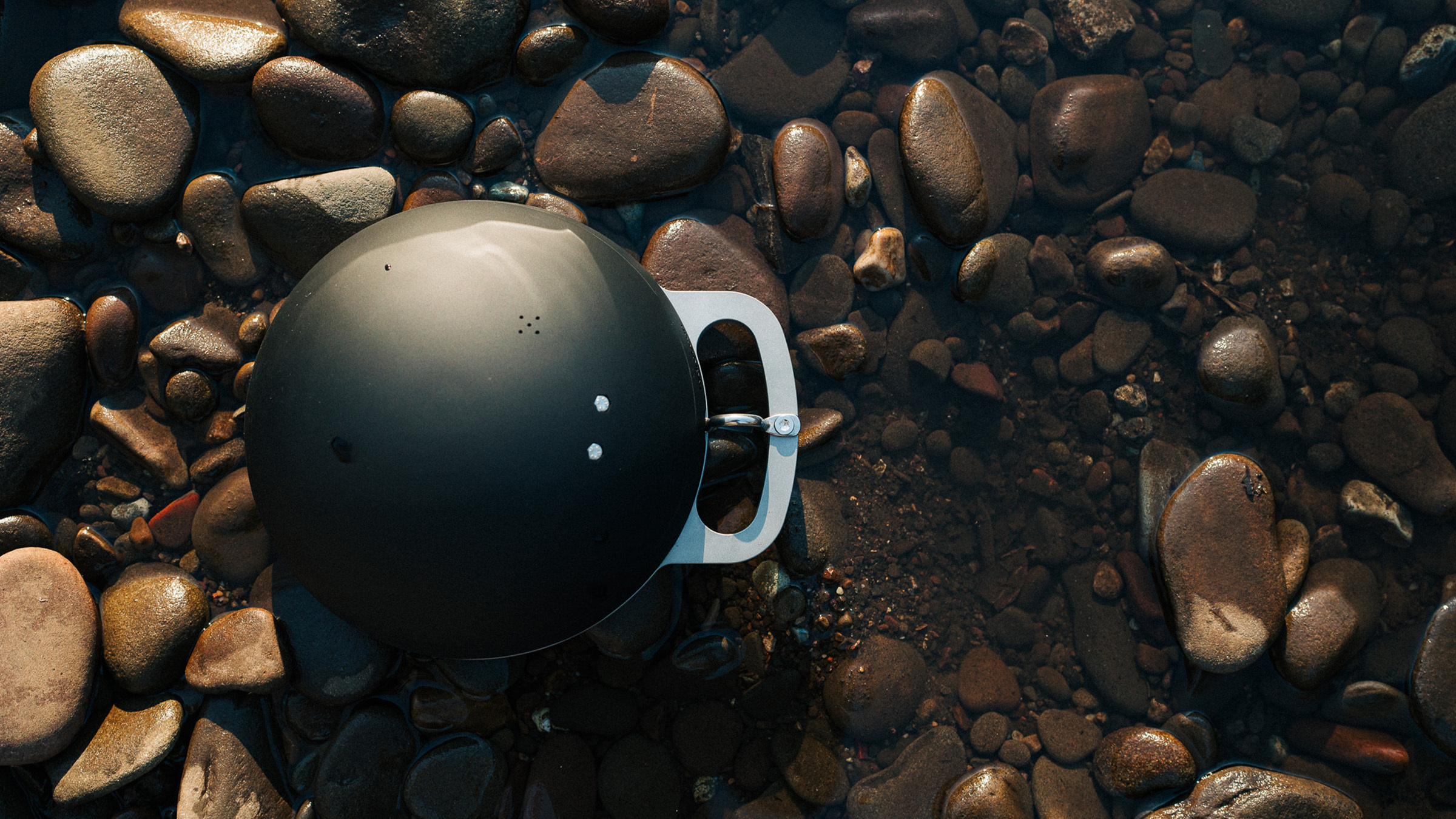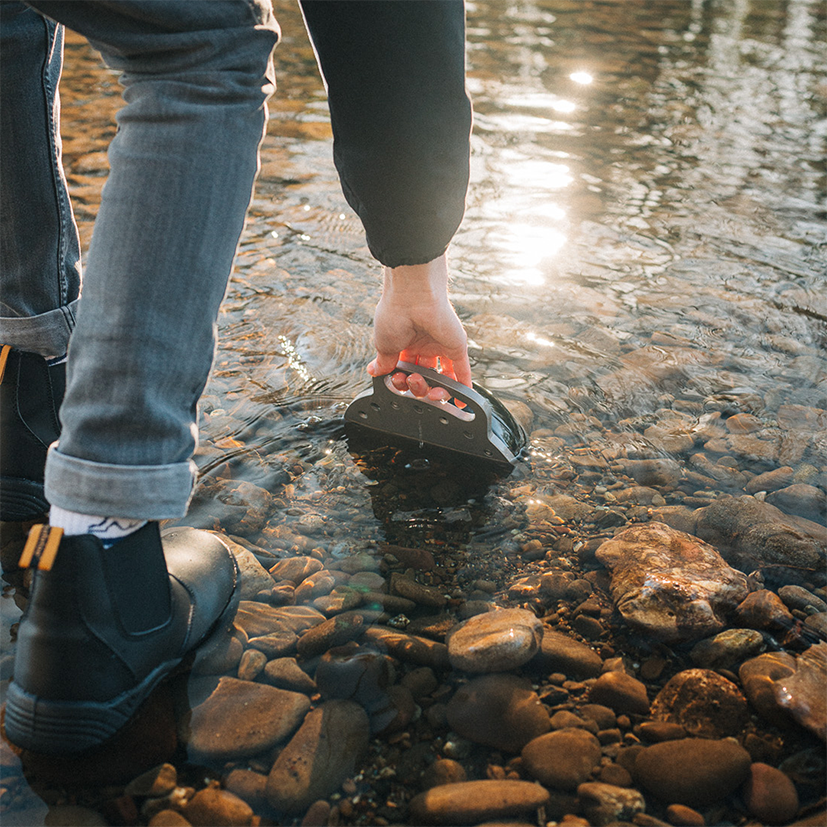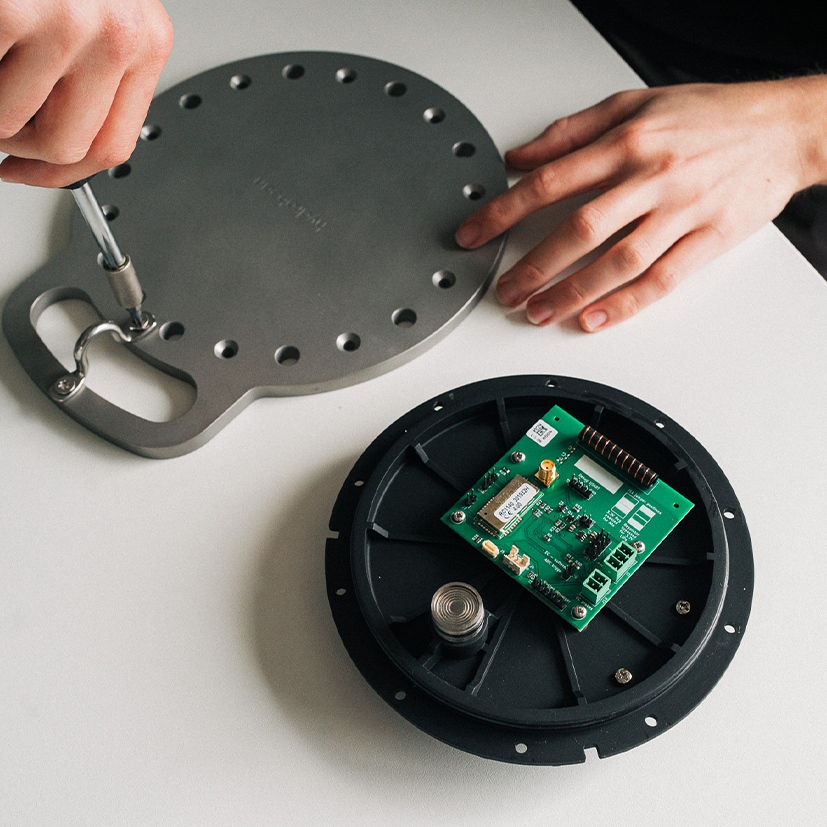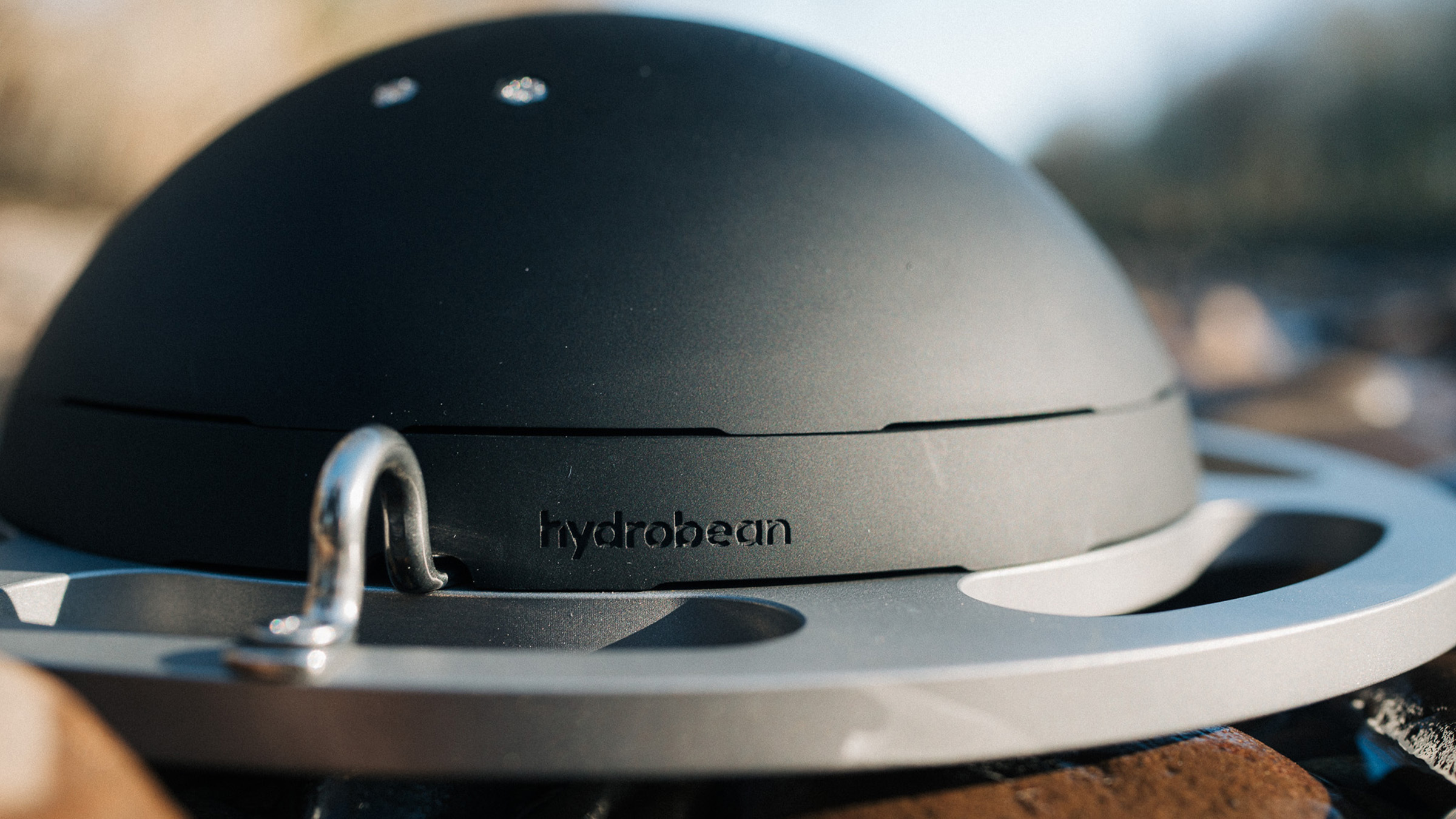Hydrobean
Cardiff University
- Focus:
- New Product Development
OVERVIEW
PDR was involved in the development of a durable casing for Hydrobean, a water monitoring device that can be placed in rivers to continuously measure and relay their quality. It is currently believed that the regulatory bodies' monitoring of water quality across UK river catchments doesn’t provide a sufficient enough understanding of the state of rivers. This is because most commonly used techniques like ‘grab sampling’ don’t allow a regular extraction of data. As a result, important events significantly impacting river water quality like sewage leaks and farm run off are often missed. Hydrobean is expected to elevate the level of surveillance and become a valuable tool in the defence and improvement of UK rivers and waterways.
The Hydrobean enables transmission of real-time data transmitted wirelessly via VHF radio to the Base Station and then through mobile phone network to an online database that can be viewed on a web browser. By allowing data showing the quality of water to be viewed remotely and in real time, it is possible to detect where and when the river was contaminated.
Hydrobean, has been created specifically for use by citizen scientists in their local area to enable regular evaluation of water on a greater scale. As such, it must be low cost, low maintenance, portable and robust in order to meet the requirements of community monitoring programmes.

THE DESIGN PROCEDURE
PDR were tasked with making an improved outer shell that allows it to remain on a riverbed to conduct continuous testing for an extended period of time. Whilst an examination of current products to identify improvements would be the usual first step, there is no other device on the market that resides on a riverbed, which made the task all more challenging.
We began by examining the environment that would surround the device: a UK riverbed with intense water pressures, big boulders, and flowing litter. In order to survive in this potentially destructive environment, the device needed to be water resistant and durable. Also, the fact that users would need to deploy and retrieve this device meant that general usability was a crucial element to consider during the design process.

Of the 3 initial designs created, we proceeded with the low and wide dome profile option shown which enables superior hydrodynamics. It includes a wide steel base plate for stability on the riverbed; a tether point for a standard shackle so it can be tied to a point on the bank of a river; and a hole so that a stake could be used to keep it grounded if necessary.
It was crucial for the printed circuit board to be sealed in a separate compartment to the batteries. This way it will always be safe from water if users fail to seal the device correctly after changing batteries.
TESTING
An initial 3D print to test our assembly method and highlight issues led to some further developments being made to our first prototype such as reducing the dome’s diameter and adding an option for a base plate with multiple handle cut outs.
As of Autumn 2023, testing of the Hydrobean prototype is currently taking place in Welsh streams. In addition, the device will be tested throughout the Tamar catchment as the research is carried out by volunteer citizen scientists.
“As we all strive to improve environmental responsibility, the Hydrobean can play a hugely important role in improving the understanding of our rivers and subsequently our treatment of them.” - Josh James, Senior Design Consultant.



